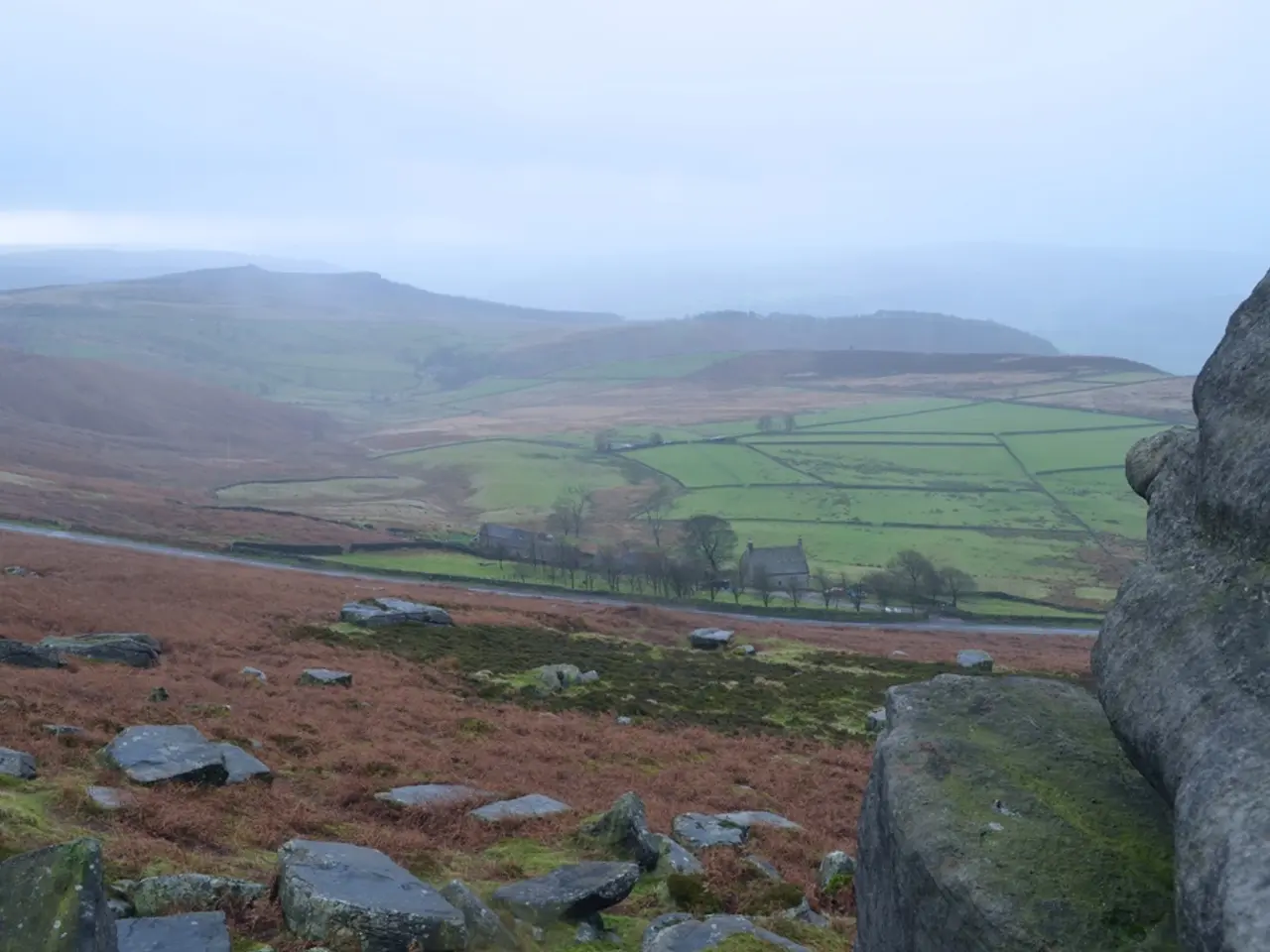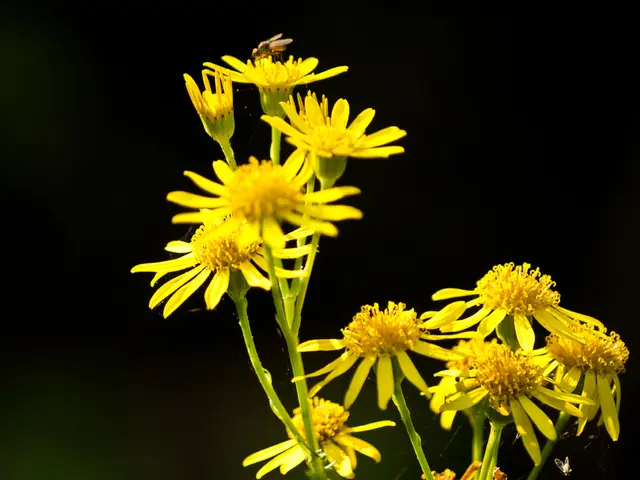Beyond the towering Himalayan range
Nestled in the heart of the Gilgit-Baltistan region in Pakistan, Hunza is a breathtaking valley that has captivated visitors for centuries. Known for its apricot orchards and stunning landscapes, Hunza is often associated with the mythical Shangri-La, a hidden paradise.
The journey to Hunza begins on the Karakoram Highway, a modern continuation of the ancient Silk Road. This historic route connects Pakistan with China, facilitating trade and cultural exchange between the two countries. Along the way, we pass through the Skardu district, home to the Serena Shigar Fort, a 17th-century structure restored in 1999 by the Aga Khan Trust for Culture (AKTC).
One of the highlights of the trip is the visit to Deosai, the Land of the Giants and the earth's second-highest plateau. This otherworldly destination offers a unique experience, with its vast alpine meadows where shaggy yaks graze and four 8,000m peaks holding space together.
In Hunza, we are greeted by the 700-year-old Baltit Fort in Karimabad, the district capital. This candy-striped watchtower stands tall against the backdrop of snow-capped mountains, offering a glimpse into the region's rich history. A five-hour walk from Baltit Fort lies Altit Fort, another historical monument restored by the AKTC.
The journey continues towards the Chapursan Valley in Upper Hunza, a place previously off-limits to tourists. This remote valley offers a unique cultural experience, with its distinct language and customs.
The hike leads us to Rakaposhi base camp, situated at an elevation of 11,483ft. From here, we embark on a challenging journey towards K2 Base Camp, traversing a stony wilderness and camping on glaciers. The journey culminates at Fairy Meadows grassland, a picturesque destination named by German climbers.
The region's green landscapes are a testament to the ingenuity of its people. The orchards are fed by a labyrinth of stone irrigation channels, harnessing the glacial meltwaters to sustain the fertile soil.
Hunza's cultural heritage is deeply rooted in its Ismaili community, a liberal sect of Shia Islam. Women in the region do not typically wear headscarves, reflecting the region's progressive values.
The Gilgit-Baltistan region has a long history, dating back to the Silk Road era. Since the 1980s, the region has been tarmacked with Chinese support, making it more accessible to visitors. This six-week trip through the region offers a unique opportunity to explore its history, culture, and natural beauty.
[1] https://en.wikipedia.org/wiki/Gilgit-Baltistan [2] https://www.lonelyplanet.com/pakistan/gilgit-baltistan/hunza [3] https://www.aljazeera.com/news/2020/12/25/pakistan-s-gilgit-baltistan-region-struggles-for-recognition [4] https://www.bbc.com/travel/article/20190725-the-karakoram-highway-the-worlds-highest-paved-road
[1] This six-week adventure-travel through the Gilgit-Baltistan region provides an opportunity to immerse oneself in a lifestyle that seamlessly blends cultural-travel experiences with the thrill of traversing the challenging terrain towards K2 Base Camp.
[2] As we journey along the ancient Silk Road and visit places like Chapursan Valley and the remote Rakaposhi base camp, we not only appreciate the breathtaking travel destinations but also gain insights into the unique customs and language of the communities residing in these regions.




